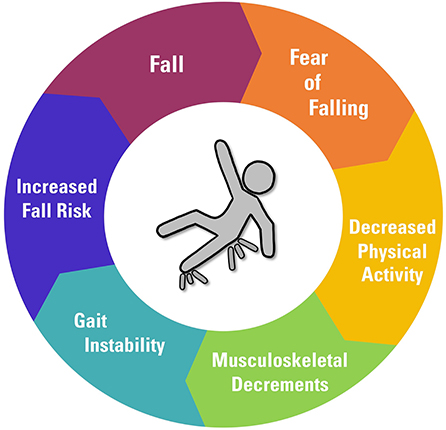Not known Facts About Dementia Fall Risk
Not known Facts About Dementia Fall Risk
Blog Article
Excitement About Dementia Fall Risk
Table of ContentsSome Of Dementia Fall RiskThe Main Principles Of Dementia Fall Risk Some Known Details About Dementia Fall Risk Fascination About Dementia Fall Risk
A loss risk assessment checks to see exactly how most likely it is that you will drop. The evaluation typically consists of: This includes a series of concerns regarding your overall wellness and if you've had previous falls or problems with balance, standing, and/or walking.Interventions are recommendations that might reduce your risk of dropping. STEADI includes three steps: you for your threat of dropping for your risk elements that can be enhanced to try to protect against drops (for example, balance troubles, impaired vision) to minimize your risk of dropping by using efficient techniques (for instance, supplying education and learning and resources), you may be asked a number of inquiries consisting of: Have you dropped in the past year? Are you worried about dropping?
If it takes you 12 secs or more, it may imply you are at greater threat for an autumn. This test checks strength and balance.
The placements will obtain harder as you go. Stand with your feet side-by-side. Move one foot halfway onward, so the instep is touching the big toe of your various other foot. Relocate one foot completely before the various other, so the toes are touching the heel of your other foot.
Not known Facts About Dementia Fall Risk
The majority of falls occur as a result of multiple adding factors; for that reason, handling the danger of dropping begins with determining the elements that add to drop threat - Dementia Fall Risk. A few of one of the most relevant danger factors consist of: Background of prior fallsChronic medical conditionsAcute illnessImpaired gait and equilibrium, reduced extremity weaknessCognitive impairmentChanges in visionCertain high-risk medicines and polypharmacyEnvironmental aspects can additionally boost the threat for drops, including: Inadequate lightingUneven or harmed flooringWet or unsafe floorsMissing or damaged hand rails and order barsDamaged or improperly equipped devices, such as beds, mobility devices, or walkersImproper use assistive devicesInadequate supervision of individuals living in the NF, consisting of those that exhibit hostile behaviorsA effective loss risk management program calls for a comprehensive clinical evaluation, with input from all members of the interdisciplinary group

The care plan must also include treatments that are system-based, such as those that advertise a risk-free environment (suitable lights, handrails, order bars, etc). The performance of the interventions must be evaluated periodically, and the treatment plan modified as needed to show changes in the autumn threat assessment. Carrying out a loss threat monitoring system making use of evidence-based best practice can minimize the occurrence of drops in the NF, while limiting the potential for fall-related injuries.
The Main Principles Of Dementia Fall Risk
The AGS/BGS standard recommends screening all grownups matured 65 years and older for loss danger annually. This screening contains asking individuals whether they have actually fallen 2 or more times in the previous year or looked for medical click this attention for an autumn, find out this here or, if they have actually not fallen, whether they feel unstable when walking.
People that have fallen as soon as without injury needs to have their equilibrium and gait assessed; those with stride or balance irregularities must obtain extra assessment. A background of 1 fall without injury and without stride or balance troubles does not necessitate more assessment past continued annual fall risk screening. Dementia Fall Risk. An autumn threat evaluation is needed as part of the Welcome to Medicare evaluation

Little Known Facts About Dementia Fall Risk.
Documenting a drops background is one of the high quality indicators for loss prevention and administration. An essential part of risk evaluation is a medication testimonial. Numerous courses of medications increase loss threat (Table 2). copyright medicines specifically are independent forecasters of drops. These medicines have a tendency to be sedating, modify the sensorium, and hinder balance and stride.
Postural hypotension can typically be reduced by minimizing the dose of blood pressurelowering medicines and/or quiting medicines that have orthostatic hypotension as an adverse effects. Use above-the-knee support tube and copulating the head of the bed elevated might also minimize postural decreases in blood stress. The recommended aspects of a fall-focused health examination are received Box 1.

A pull time greater than or equivalent to 12 secs recommends high loss threat. The 30-Second Chair Stand test analyzes lower extremity stamina and balance. Being not able to stand up from a chair of knee elevation without using one's arms shows boosted loss threat. The 4-Stage Balance examination assesses static balance by having the individual stand in 4 positions, each gradually more challenging.
Report this page